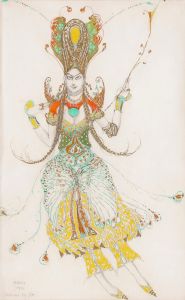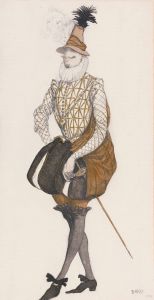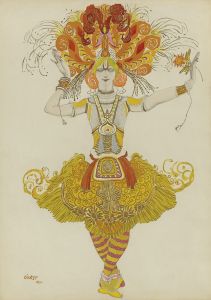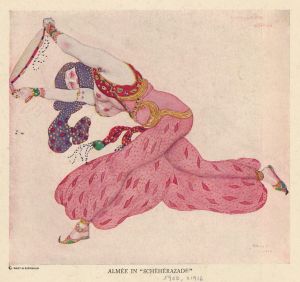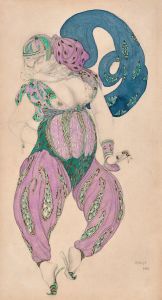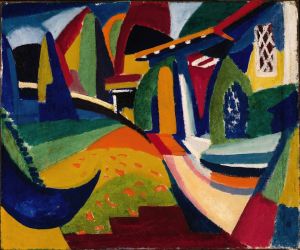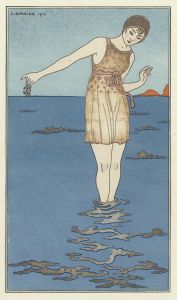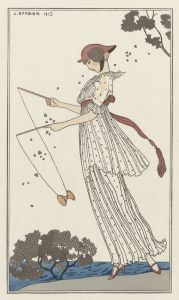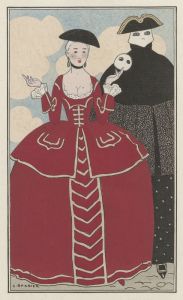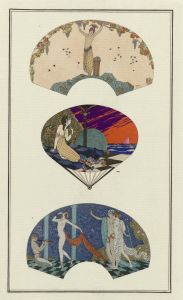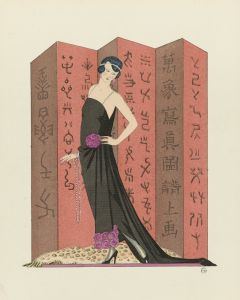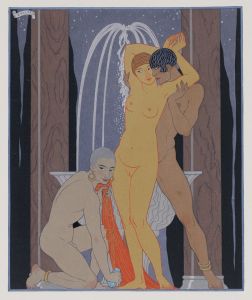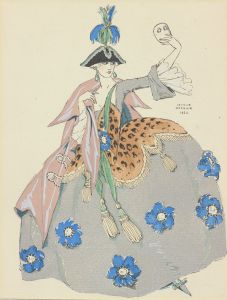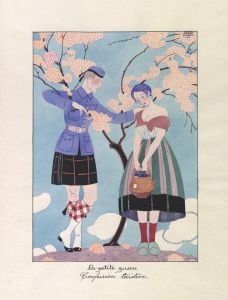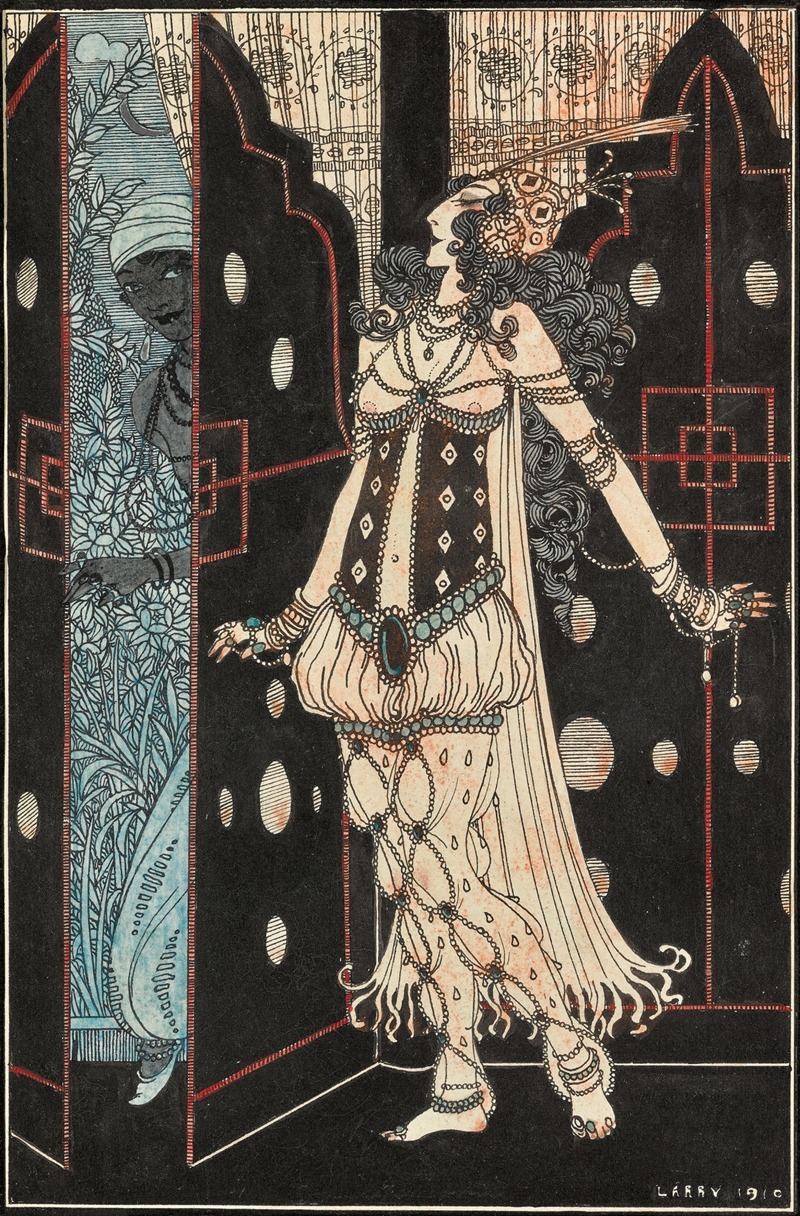
Ida Rubinstein and Vaslav Nijinsky in Scheherazade
A hand-painted replica of George Barbier’s masterpiece Ida Rubinstein and Vaslav Nijinsky in Scheherazade, meticulously crafted by professional artists to capture the true essence of the original. Each piece is created with museum-quality canvas and rare mineral pigments, carefully painted by experienced artists with delicate brushstrokes and rich, layered colors to perfectly recreate the texture of the original artwork. Unlike machine-printed reproductions, this hand-painted version brings the painting to life, infused with the artist’s emotions and skill in every stroke. Whether for personal collection or home decoration, it instantly elevates the artistic atmosphere of any space.
"Ida Rubinstein and Vaslav Nijinsky in Scheherazade" is a notable artwork created by the French illustrator and painter George Barbier. This piece captures a moment from the ballet "Scheherazade," which was choreographed by Michel Fokine and premiered by the Ballets Russes in 1910. The ballet itself is based on the first tale from "One Thousand and One Nights," also known as "Arabian Nights," and features a score by the Russian composer Nikolai Rimsky-Korsakov.
The painting depicts two of the most prominent dancers of the early 20th century, Ida Rubinstein and Vaslav Nijinsky, in their roles from the ballet. Ida Rubinstein, a Russian dancer, actress, and patron of the arts, was known for her dramatic presence and striking beauty. Vaslav Nijinsky, also Russian, was one of the most celebrated male dancers of his time, renowned for his extraordinary technique and expressive performances.
George Barbier, the artist behind this work, was a leading figure in the Art Deco movement. He was known for his elegant and stylized illustrations, which often appeared in fashion magazines and books. Barbier's work is characterized by its vibrant colors, intricate patterns, and a sense of theatricality, all of which are evident in this painting.
In "Ida Rubinstein and Vaslav Nijinsky in Scheherazade," Barbier captures the exotic and opulent atmosphere of the ballet. The costumes, designed by Léon Bakst, are lavish and richly detailed, reflecting the orientalism that was popular in European art and culture at the time. Rubinstein is shown in a luxurious costume, adorned with jewels and intricate patterns, while Nijinsky is depicted in a similarly elaborate outfit, emphasizing his role as the Golden Slave, one of the central characters in the ballet.
The composition of the painting highlights the dynamic interaction between the two dancers. Rubinstein's poised and graceful stance contrasts with Nijinsky's more intense and dramatic posture, capturing the emotional tension and passion of their performance. Barbier's use of color and line enhances the sense of movement and drama, drawing the viewer into the world of the ballet.
"Scheherazade" was a significant production for the Ballets Russes, a company founded by the impresario Sergei Diaghilev. The Ballets Russes was instrumental in bringing Russian ballet to Western Europe and had a profound influence on the development of modern ballet. The collaboration between Diaghilev, Fokine, Rimsky-Korsakov, Bakst, and the dancers, including Rubinstein and Nijinsky, resulted in a groundbreaking and visually stunning performance that left a lasting impact on the art world.
George Barbier's painting serves as a testament to the cultural and artistic achievements of this period. It not only captures the essence of "Scheherazade" but also celebrates the talents of Rubinstein and Nijinsky, two of the most iconic figures in the history of dance. Through his meticulous attention to detail and his ability to convey the spirit of the performance, Barbier has created a work that continues to be admired for its beauty and historical significance.





